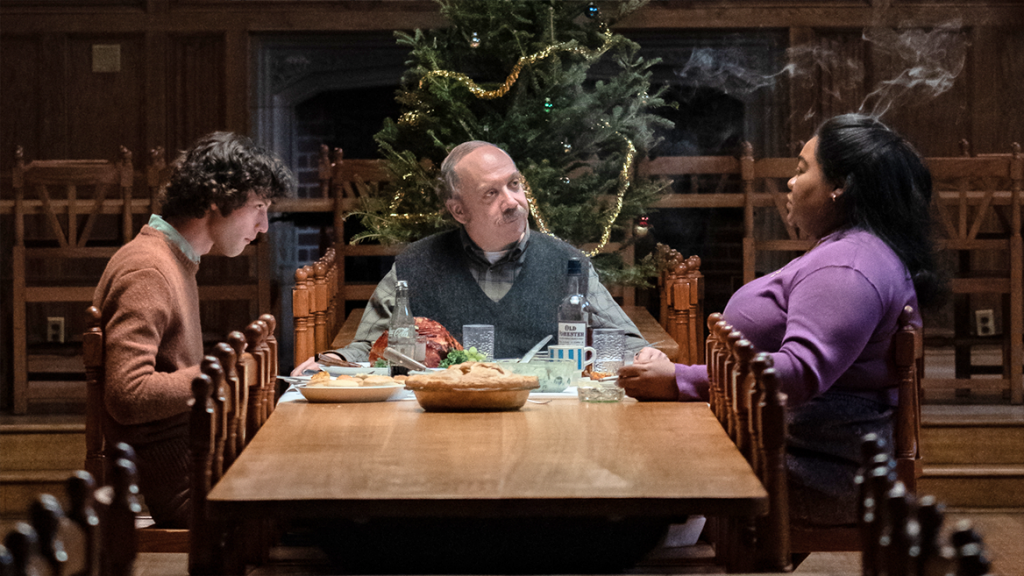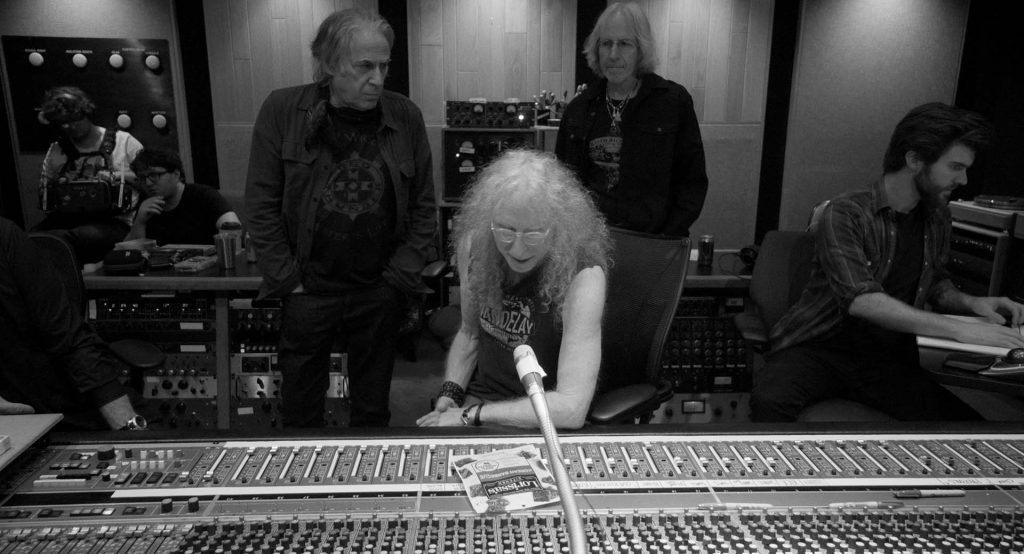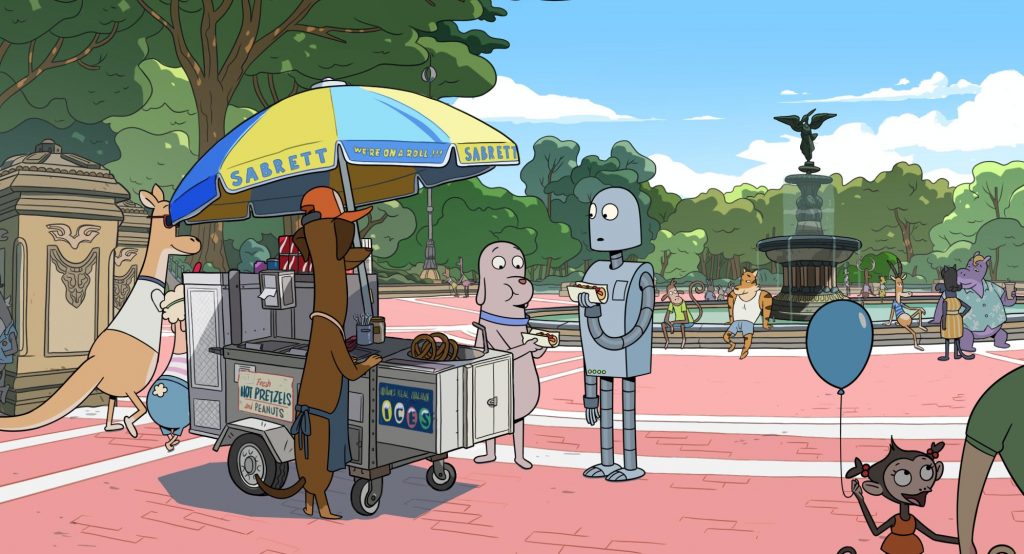By now, your Virginia Film Festival watch schedule is filled with moving documentaries, riveting dramas, and mighty shorts—but don’t overlook this year’s series of panel discussions, where industry experts discuss their careers, share stories, and more. One of those experts, Rebe Malaret, is a film and television producer, UVA cheerleading alum, and former VAFF intern. Malaret previously worked on Ryan Reynold’s sports documentary series “Welcome to Wrexham,” the star-studded “The First Lady,” reality TV show “The Big Brunch,” and a whole lot more. Malaret dishes on her career, hottest take, and more ahead of her October 28 festival appearance. virginiafilmfestival.org
Name: Rebecca “Rebe” Malaret.
Age: 27.
Pronouns: She/her.
Hometown: Herndon, Virginia.
Job: Film and television producer.
What you do in your current job: In my current role at Boardwalk Pictures, I collaborate with a talented creative team to develop, sell, and produce innovative multi-episodic television series. We evaluate pitches from potential partners and generate original ideas or formats internally. For instance, some of my responsibilities include designing pitch decks, which are visual presentations offering an initial glimpse of what the show will look like and who will be featured, creating sizzle reels with editors to engage potential buyers, and providing feedback on ongoing series production.
What’s something about your job that people would be surprised to learn: There are many incredible ideas that do not make it to the big screen due to timing or the current appetite of the marketplace.
Do you have a dream project you’d like to work on: One of my dream projects is currently in the works!
Favorite local restaurant: Mas.
Who is your hero: All mothers.
Best advice you ever got: Trust your intuition and enjoy the process.
Proudest accomplishment: I think I peaked when I was presented with a “Good Samaritan” award in second grade by my crush at a school assembly, but a close second is achieving my MFA from USC’s Peter Stark Producing Program in Film & Television.
Describe a perfect day: Reading and enjoying coffee in the morning on a balcony with a scenic view, sharing belly laughs while hanging out with loved ones over Spanish tapas, engaging in a challenging workout while jamming to 2000s hip-hop/reggaeton, doing cartwheels at the beach during sunset, and dancing the night away.
If you could be reincarnated as a person or thing, what would you be: Bad Bunny.
If you had three wishes, what would you wish for: A boat for my momma, a lifetime supply of fresh carbonara, and for every human on earth to have an innate sense of self-worth and acceptance of others.
Do you have any pets: Not at the moment, but I would love to get a goldendoodle.
Favorite movie and/or show: Everything Everywhere All at Once, 500 Days of Summer, “Insecure,” “Succession”…to name only a few.
Favorite book: The Seat of the Soul by Gary Zukav.
What are you listening to right now: “Pivot” podcast with Kara Swisher and Scott Galloway, followed by the “Lovers and Friends” podcast by Shan Boodram.
Go-to karaoke song: “Hips Don’t Lie.”
Who’d play you in a movie: Me or my cheetah sister Adrienne Bailon.
Celebrity crush: Michael B. Jordan.
Most used app on your phone: TikTok.
Last text you sent: The dancing emoji to my dad after he texted
me that he will see me soon at the Virginia Film Festival!
Most used emoji: Crying and laughing face.
Subject that causes you to rant: When exposition or major plot points are spoon-fed in dialogue instead of shown through action in movies.
Best journey you ever went on: Betting on myself, moving out to Los Angeles, and following my passion.
Next journey: Uplifting underrepresented, disruptive changemakers that have a transformative impact on the entertainment space and seeing where in the world that takes me in the process.
Favorite curse word: Carajo.
Hottest take: AI can be embraced as a useful thought-starter for creativity without being fully relied upon or ever replacing artists.
What have you forgotten today: My llaves (keys).














